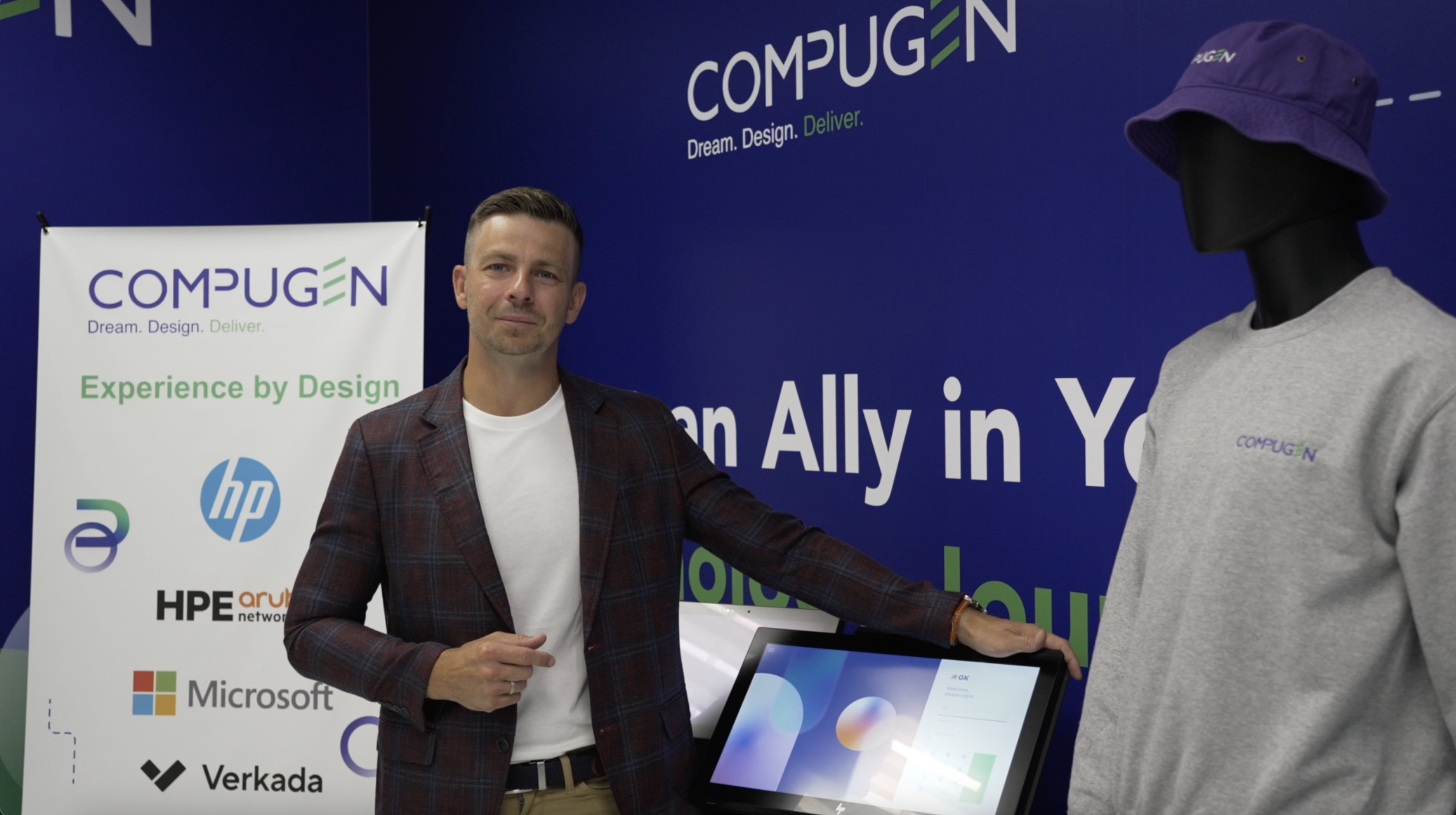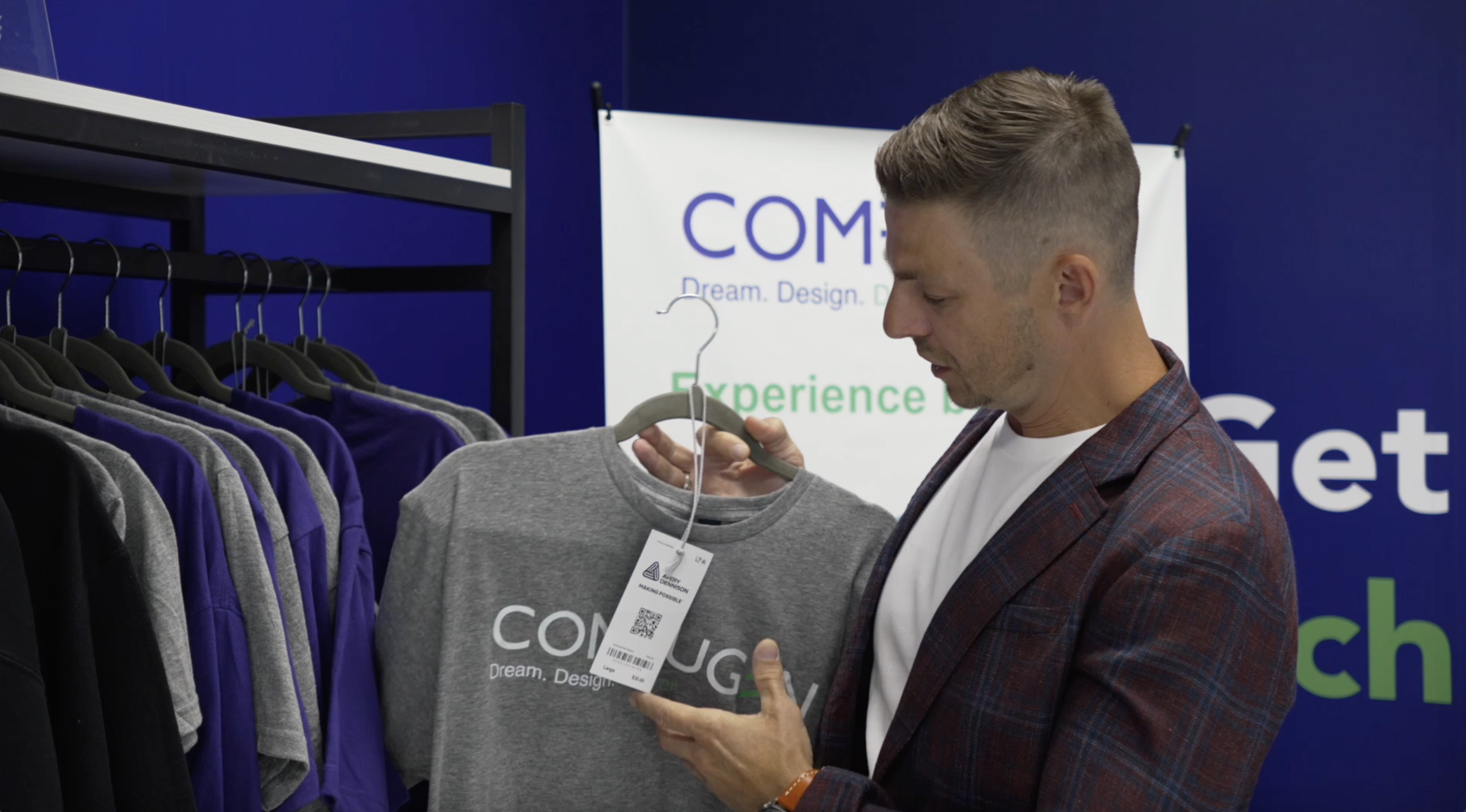In this episode our industry leaders will discuss how a modern technology refresh strategy can do wonders for budgets, HR, sustainability, and show just how much IT can drive your business.
Watch the Podcast:
What are the Possibilities With a More Modern Approach to Tech Refreshes? Episode 1
Panelists:
Brent Smiley, ITAD Programs Expert, Compugen
Bill Polnick, Customer Success Specialist, Compugen
Salvatore Cianchino, Podcast Host, Compugen
Key Takeaways:
-
-
-
Device Refresh Cycles: The discussion revolves around the ideal device refresh cycles for laptops and desktops. Three years is recommended for laptops, while desktops typically have a four-year cycle due to their longer life span and lower mobility requirements.
-
Reasons for Delayed Refresh: Some organizations might delay device refreshes due to various reasons, such as budget constraints, lack of access to capital, or stretched IT teams that cannot manage a proper evergreen process.
-
Importance of Device Depreciation: The value of IT assets depreciates over time, especially in the secondary market. A three-year refresh cycle is preferred, as devices in this age range hold higher trade-in value and can maximize cost savings for organizations.
-
Standardization and Fleet Management: Organizations are moving towards standardizing devices across the entire employee base, rather than providing different devices for different roles. This approach simplifies service delivery, reduces troubleshooting efforts, and improves cost savings through bulk purchases and consistent accessories.
-
Future Value Program: The Future Value Program offered by Compugen provides an upfront trading credit at the time of purchase, allowing organizations to invest in premium devices at a reduced cost. It also locks in the refresh date, ensuring a consistent and modern device fleet, resulting in increased end-user satisfaction and improved IT operations.
-
-
In summary, embracing a strategic and forward-thinking approach to device refreshes not only yields tangible benefits in terms of cost efficiency and employee satisfaction but also ensures a competitive advantage in an ever-evolving digital landscape. By prioritizing a well-maintained, up-to-date IT infrastructure, organizations can remain agile, secure, and fully equipped to meet the challenges of the modern business landscape.





.png)